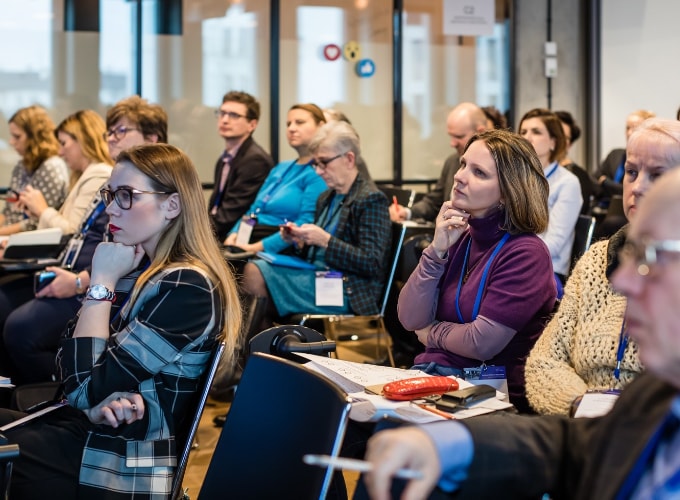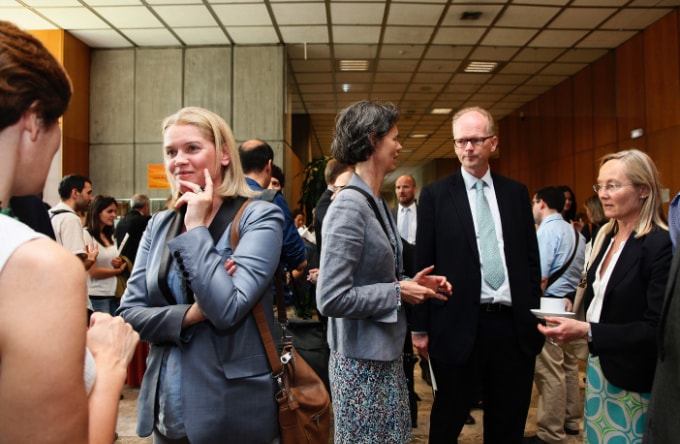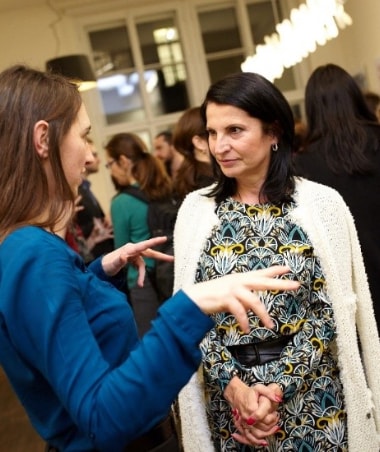Step 1 Setting the way forward
Following the agreement on the EEA and Norway Grants 2014-2021 with the EU in 2016, Iceland, Liechtenstein and Norway have signed cooperation agreements with 14 of the 15 EEA and Norway Grants’ Beneficiary States.
These agreements present the overarching structure of the Grants in each country for the current funding period, including which programmes will be funded and how much funding will be made available. At the start of 2020, Hungary was the only country where cooperation agreements had not yet been reached.

March 2019
Latest cooperation agreements signed with Cyprus


